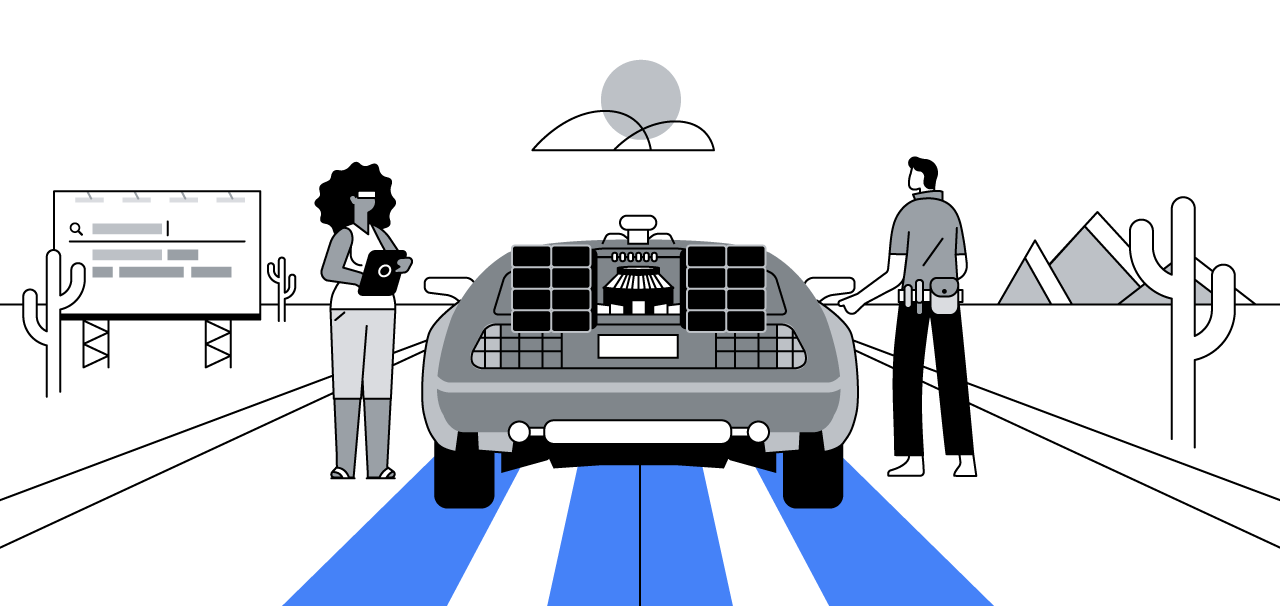Brands look to their agencies for guidance on how to adapt to digital change, but agencies themselves are vulnerable to disruption. A recent report by University of Michigan researchers and Harmelin Media examined how media agencies can best adapt emerging technologies. In this piece, M.S. Krishnan, professor of technology and operations at the University of Michigan, and Brad Bernard, SVP innovation and marketing at Harmelin Media, present a capsule overview of their findings.

We’ve all seen how completely digital technologies have changed the landscape for brands. With the dramatic rise of e-commerce, video streaming, influencer networks, AI-driven interfaces, new privacy mandates, and many other forms of digital disruption, companies must adapt quickly or face failure. Media agencies are no exception to this rule, as digital disruption brings new expectations and challenges that legacy agency models don’t account for.
In partnership with Harmelin Media, the Stephen M. Ross School of Business at the University of Michigan conducted research examining how the media agency model has been transformed by digital disruption and what agencies can do to position for success as the substratum of marketing and media continues to shift. In October 2021, Univeristy of Michigan researchers interviewed key leaders at the 40-year-old media agency, which has navigated more than 25 years of digital disruption, about how it adapted its model to maintain the quality and relevance of its service and retain long-term client relationships.
Become talent obsessed
The researchers’ most important conclusions focus on the seemingly simple act of hiring people. Recruiting and retaining strong talent is crucial for any agency, all the more so during this era of swerving digital behaviours. For Harmelin, hiring people who not only understand data, technology, and the digital space, but also have certain ideal personality traits, is all important.
The agency model of the future should give everyone a seat at the table.
Harmelin has experienced turnover of only about one-third the industry average, and its average employee tenure is 6.4 years, per LinkedIn data, which is more than twice the average. Among other recruiting strategies, the agency has found success by hiring individuals with a strong sense of curiosity.
Digital platforms are constantly changing, so employing people who are receptive to that change, and willing to learn, positions media agencies for success. Media agencies must also develop this talent, through training and promotion, to instill client confidence in their ability to respond to change and seize emerging opportunities. Investing in people improves retention in another way as well, since clients appreciate long-term relationships with a consistent agency representative, rather than regularly having to build a new bond every time its agency experiences turnover.
Additionally, the agency model of the future should give everyone a seat at the table. The agency, the client, and media vendors need to collaborate on strategic plans that tackle complex business problems. These partnerships must be based on transparency, as each partner brings its own processes to the conversation. Fostering a transparent relationship across partners allows each player to contribute and bring their unique and invaluable strengths to the table, which in turn drives success for all parties.
Embrace flexibility
Digital transformation also presents opportunities for agencies to grow their businesses, taking on tasks that were not previously covered by client contracts. In the classic agency model, contracts clearly outline an agency’s scope of work in as much detail as possible. However, with the shifting requirements imposed by digital transformation, contracts of the future should aim to increase flexibility so that addenda aren’t needed for every tweak to the scope of work. Contracts should be tied to the value an agency creates, according to Scott Davis, chief revenue officer at Harmelin. This keeps the door open for agencies to broaden their scope of work with new developments in digital, rather than reworking existing contracts every time an agency’s scope changes.
Finally, agencies should work to increase the speed and flexibility of their work to focus less on tactical day-to-day responsibilities and more on developing innovative solutions. One way to do this is through internal tools that give both the agency and client visibility into business performance. Harmelin, for example, has developed a tool called GeoViews, which combines media, sales, and market data into a singular dashboard, making it both easier and faster to visualise data, glean insights, and take action. These kinds of internal tools streamline once tedious tasks, freeing up time for agencies to immerse themselves in their client’s business and solve business problems.
Contracts should be tied to the value an agency creates.
Digital transformation will continue to disrupt how media agencies operate, requiring them to continuously adapt. Media agencies can evolve in tandem with digital technology to position themselves as strategic and capable partners to their clients by hiring and developing the right talent, harnessing partnerships that are based on transparency, prioritising flexibility in their contracts, and leveraging internal tools that increase their speed and efficiency. By embracing digital transformation and adopting new ways of doing business, agencies will set themselves up for long-term success.
Read the full report.








